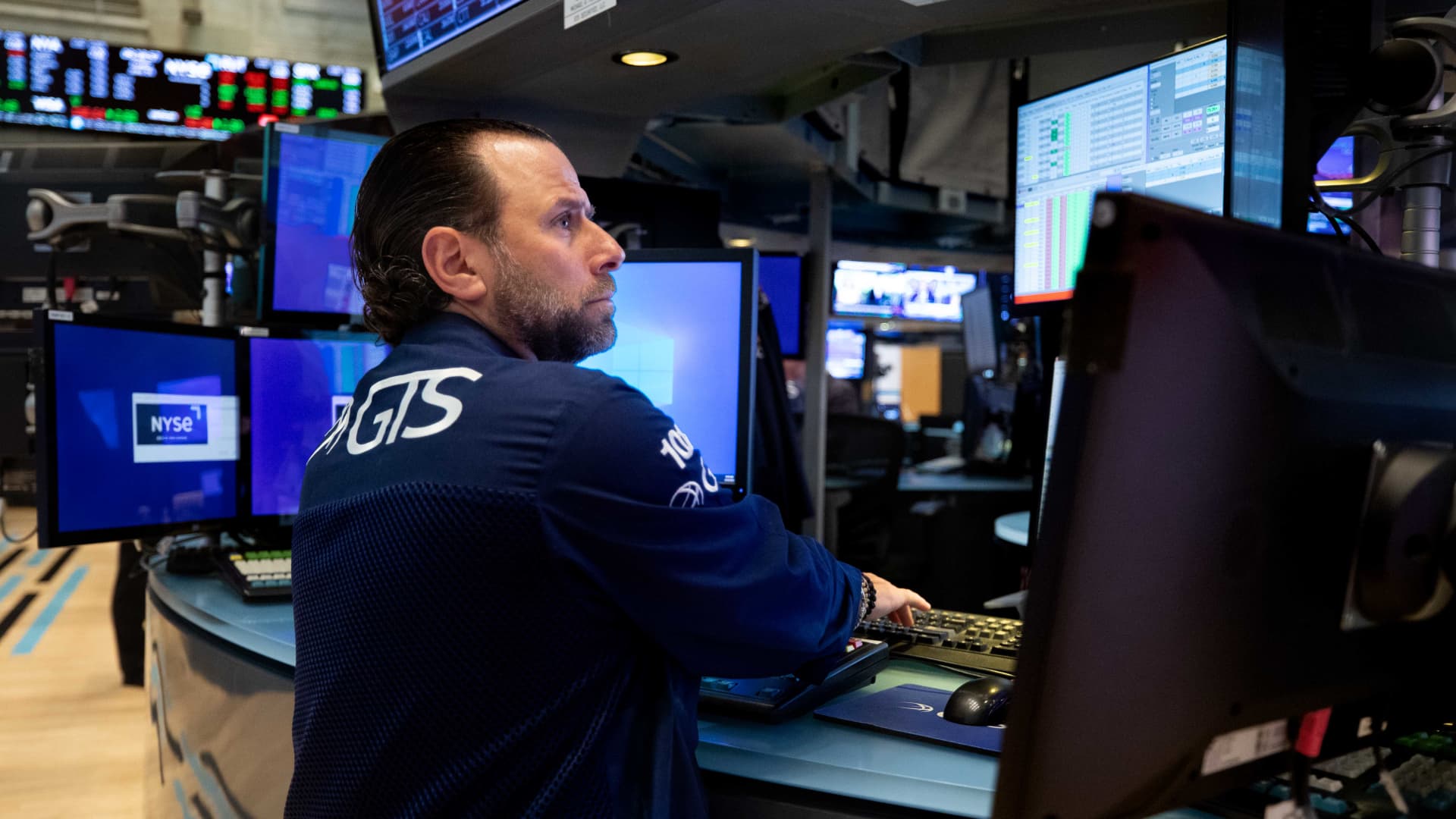
Good to be back in the U.S. after a week’s vacation in southern France. It’s a great country, but travelling in Europe is a nightmare. Big delays in and out of London Heathrow (lack of airline staff) and Marseille (an air traffic controller strike, seriously?) Everyone on the planes had stories of 24-hour layovers in airports, with the airlines refusing to pay for hotel rooms. Ugh. At least the market rallied while I was away From France, the news certainly didn’t look great. The economic news was dreadful: those PMI (manufacturing) numbers were well below consensus. “A series of disappointing US economic data and the Fed’s ‘unconditional’ commitment to rein in inflation have heightened concerns that economic weakness will limit the Fed’s ability to hike rates,” Marc Chandler from Bannockburn Global Forex, wrote on Friday. The nightmare scenario for the stock market — and the recipe for another leg lower — remains the stagflation scenario: a dramatic slowdown in economic growth with little or no slowdown in inflation. But the market rallied last week on the vague hope that will not happen. Commodities — which are inflation proxies — are certainly showing signs of stress. U.S. crude oil was $120 when I left, now $107. Copper has also collapsed. It’s down 21% this quarter. There are other signs the economy is cooling . Bloomberg ran a story Saturday afternoon noting that recent hiring freezes were one sign of “cracks” showing in an otherwise strong labor market. The problem of course is that this will need to show up in data that will take some time to reach the Fed’s ears. The U.S. PCE (personal consumption expenditures price index, the Fed’s preferred gauge for inflation) is out Thursday morning, but the June consumer price index number will not be out until July 13. The quarter is over, and there are hopes for a market rally This week is the end of the quarter, so there is the usual speculation about end of the quarter rebalancings, where pension funds and other major stock and bond holders rebalance their portfolios. Since the S & P 500 is down for the month (5%) and the quarter (14%), there is some expectation the market may rally going into the rebalance. The one issue, of course, is “liquidity,” which is the ability to buy or sell stocks in the size that is desired without moving the price. When liquidity is poor, the bid-ask spread widens out and the market becomes more volatile. There has been a lot of ink spilled over how “liquidity” is low, which implies that when a lot of volume is thrown at the market during a rebalance, prices could get crazy. That’s a possibility, but it didn’t happen on Friday, when the Russell rebalancing occurred at the close. Nearly 20 billion shares changed hands, the third heaviest volume day in history, well above the 13 billion to 14 billion share average we have seen this year, and stocks rallied into the close. Given the decline in the market this quarter, the odds favor a rally. That’s the view of JPMorgan Chase’s Marco Kolanovic, who on Friday said he expected a roughly 7% move up in equities this week. He noted the same setup occurred at the end of May, when the S & P was also down 10%, and the index also rallied 7% that week. Remember, Kolanovic is one of the most consistent bulls on the Street. JPMorgan’s base-case is no recession. If that is indeed the case, then “risky asset prices are too cheap,” Kolanovic says. Kolanovic seems to be in the minority. More common is Morgan Stanley’s Mike Wilson who reiterated his bearish views Monday morning: “We continue to believe any near term rally is nothing more than a bear market bounce with lower lows ahead,” he wrote. “The only question is whether we have a soft landing (base case) in which the S & P 500 bottoms near 3400-3500 or we have a recession (bear case) in which the index falls toward 3000.”
from WordPress https://ift.tt/tj976oQ
via IFTTT







No comments:
Post a Comment